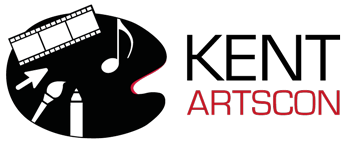
Theme: Moving Art
Let’s look at this theme from as many perspectives as possible:
How do you physically move art? Where do you move it to? Why would you want to move it? Is art moveable?
Perhaps we are looking at art that does not stay still. This could mean something as simple as a windchime, a mobile or a dreamweaver, or as complex as kinetic art or animation or a motion picture. Do you have to follow it where it goes (e.g. fireworks, the Northern Lights)?
By not remaining stationary, does it mean that art drives people into movement and/or action? Can art motivate people to do or change something, or can it mobilise a new movement?
Maybe we can look at how art itself has “moved” over the years, in different countries/cultures/contexts… does art go forward or backwards? How has art progressed, or does it even need to? Is it time to change the position of how art is viewed in society, or how art plays a role in society?
Finally, how does art make you feel? Can it be used to arouse emotions, to affect or occupy your thoughts?
So, come along and join the debates and discussions.
Some of the topics below can serve as a guide for speakers and presenters:
- Different artforms of moving/moveable art
- The ways in which the arts can be physically transported
- Using the arts to educate and transform society
- The reciprocal dialogue between the arts and reality
- Techniques employed to motivate, educate, inform, and persuade
- The power of various art forms to create awareness and thought (including theatre, film, dance, writing, visual arts, etc.)
- Ethical considerations for the arts
- The psychology behind making “moving art” (on the multiple theme levels)
- Amazing works of art made for very little expenditure
- Art on the move: costly and pointless?
- Art and citizenship
- Health and well-being through the arts
- Historical cases and examples of moving art
- The evolving lexicon of artistic idioms
- Early childhood arts education
- Cultural considerations of moving art
- Future-proofing arts disciplines
- Community involvement
- Activism
- The business of creating, supporting and distributing art
- Contemporary challenges in sponsorship, funding, and/or curatorship
- Art as rebellion
These and other sub-topics will be explored through a variety of tracks. The tracks will include: Visual Presentations; Arts Workshops; Academic Papers; Creative Writing; A Short Film Festival; Art History Classes; Art Demos; Industry Panel; and, an Art Exhibit.
You may wish to look at some of the past years’ themes: 2013, 2014, 2015, 2017
Target conference participants include:
Artists in all arts disciplines and media; academics, archivists, historians, curators, guides, students, researchers, curriculum planners, policy makers, photographers, and professionals in the fields of media, education, arts, music, humanities, science, and social sciences; Financial professionals working in arts and arts related fields
